PPT-Guided Notes
Author : celsa-spraggs | Published Date : 2015-09-22
Basketball Dr James Naismith a Canadian physical education student and instructor at a YMCA Training School in Springfield Mass Invented the game Wanted a game that
Presentation Embed Code
Download Presentation
Download Presentation The PPT/PDF document "Guided Notes" is the property of its rightful owner. Permission is granted to download and print the materials on this website for personal, non-commercial use only, and to display it on your personal computer provided you do not modify the materials and that you retain all copyright notices contained in the materials. By downloading content from our website, you accept the terms of this agreement.
Guided Notes: Transcript
Download Rules Of Document
"Guided Notes"The content belongs to its owner. You may download and print it for personal use, without modification, and keep all copyright notices. By downloading, you agree to these terms.
Related Documents

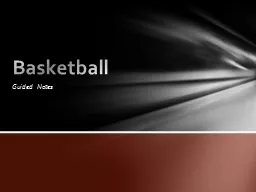

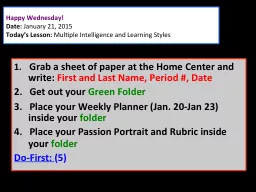



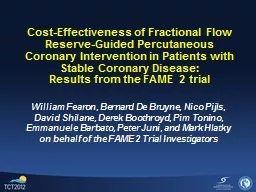
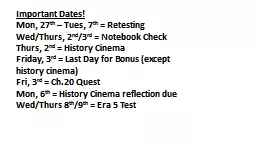
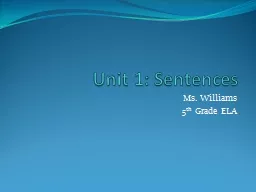
![[EPUB] - Sloth Cornell Notes Notebook: An 8.5 x 11 cornell notes notepad, cornell notes](https://thumbs.docslides.com/907355/epub-sloth-cornell-notes-notebook-an-8-5-x-11-cornell-notes-notepad-cornell-notes-pad-cornell-notes-book-note-taking-notebo.jpg)


![[DOWNLOAD] Personal Finance Doodle Notes: Brain Based Interactive Guided Notes](https://thumbs.docslides.com/1008631/download-personal-finance-doodle-notes-brain-based-interactive-guided-notes.jpg)
